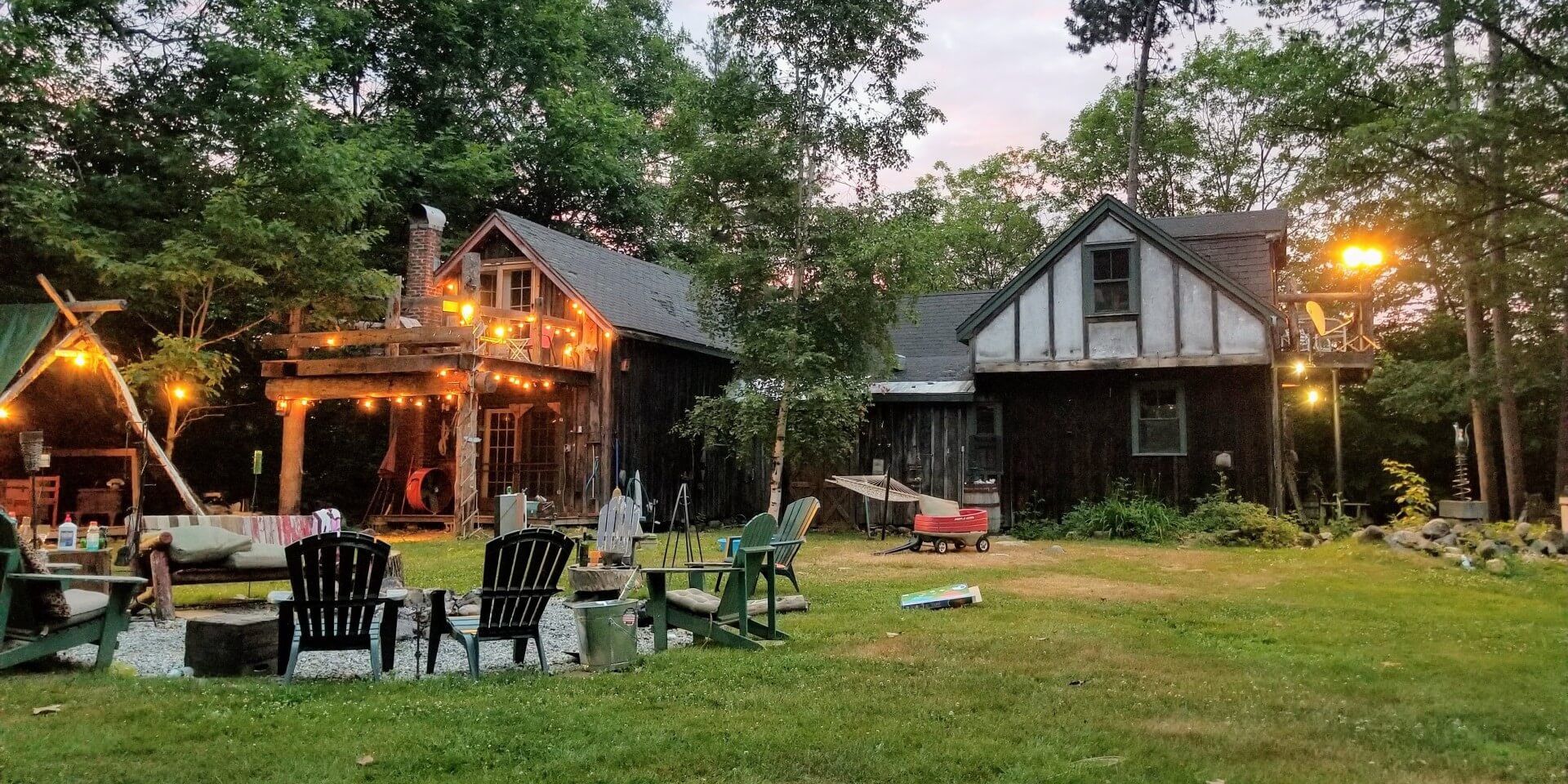Everything You Need To Know About Florida Crabgrass

Learn How To Identify And Control This Florida Crabgrass
Florida homeowners know that lawn care is an essential part of your home’s maintenance. Between the high-intensity sunshine and hurricanes Florida weather brings, it’s tough to maintain a healthy lawn.
This weather pattern created the perfect conditions for dreaded Florida lawn weeds, like crabgrass and dandelions, to appear on your turf and make themselves at home.
While dandelions are relatively easy to spot and treat, crabgrass is more of a stealthy invader.
You may not even realize you have this invasive weed on your lawn until you notice unsightly brown spots in your grass during the cooler winter months.
To control crabgrass, you need to manage it early and often. Take a look at why crabgrass is so harmful to your lawn, how you can identify it, and steps you can take to banish it from your lawn season after season.
Give Your Lawn The Attention It Needs
Lawn looking a little down? Our local lawn care experts can help you reclaim the lawn you love. Call our team today at 407-854-8580!
Why Is Crabgrass So Bad?
Crabgrass is a homeowner’s worst enemy when it comes to lawn health. These grassy weeds grow exponentially and disrupt the harmony of an otherwise lush and healthy lawn.
Crabgrass stands out, making your lawn have an uneven appearance. This is especially true when temperatures dip lower in the fall and winter months, causing crabgrass to wither to an ugly brown color while your turfgrass stays green.
Each crabgrass plant can produce over 200,000 seeds. This means if you see any crabgrass on your lawn, it needs to be taken care of before it spreads to large areas.
Because crabgrass is an opportunistic weed, it grows mainly in thin or bare spots on your lawn. It can also take over if you mow your turfgrass too short, have a pest control issue, or other common lawn problems.
How To Identify Crabgrass On Your Lawn
| Scientific Name | Annual Or Perennial? | What It Looks Like | Where It Thrives |
| Digitaria | Summer Annual Weed | Lime Green or Blue-Green Color, Grows Outwards In Clumps | Thin/Bare Spots, Areas With Disease Or Pest Issues |
Crabgrass is an annual summer weed. While it germinates in early spring and completes its life cycle by fall, crabgrass seeds can lay dormant in your soil, waiting for next season to bring soil temperatures above 60 degrees Fahrenheit.
Several different types of crabgrass can be found in Florida.
- Blanket Crabgrass
- Tropical Crabgrass
- India Crabgrass
- Smooth Crabgrass
- Southern Crabgrass
When identifying whether or not you have crabgrass present on your lawn, it’s best to keep an eye out for different growth “ages.”
Young crabgrass seedlings look like a small corn plant, with light green blades that develop side shoots, causing it to spread sideways.
What separates crabgrass from traditional lawn grass is its width. Common types of grass in Florida will grow straight up from a central point and appear much thinner. Crabgrass will spread outward and sprout thicker blades.
How To Prevent Crabgrass
The best way to control crabgrass is to prevent it from taking root on your lawn. Here are some ways you can keep crabgrass from germinating on your property.
- Mow Your Lawn To The Proper Height: A great crabgrass preventer is to set your mower height to the recommended height for your grass type.
- Stick To A Fertilizing Schedule: Lawn fertilization encourages a well-established root system and will leave less room for crabgrass to thrive.
- Fill In Bare Spots: Overseeding your lawn in the fall or applying new sod will fill in the gaps with new grass come spring, keeping crabgrass at bay.
- Spray Pre-Emergent Herbicide: This preventative weed control keeps crabgrass seeds from sprouting.
- Use Professional Lawn Aeration: Aerating your lawn before spraying the crabgrass preventer will prevent the disruption of the chemical barrier.
How To A Control Crabgrass Problem
If crabgrass has already started to take over your lawn, you’ll need to act fast before the problem gets out of hand.
Here are some ways you can kill crabgrass and stop its germination in its tracks.
| Crabgrass Control Method | Pros | Cons |
| Hand Pulling | Prevents Seed Spread | Time-Consuming |
| Baking Soda | Kills Crabgrass | Creates Brown Spots On Lawn |
| Post-Emergent Herbicide | Kills Crabgrass, Works For Up To 50 Days | The Active IngredientWill Kill Good Turfgrass |
It’s important to remember that crabgrass spreads very quickly. If you see even one crabgrass plant, chances are crabgrass weed seeds are waiting in your soil to emerge.
Professional lawn care and maintenance is a great way to remove crabgrass for good and prevent it from taking over your beautiful Florida lawn.
Our Lawn Experts Are Here To Help
Keep your lawn looking its best throughout the year. Call our team today at 407-854-8580!
Let LawnWorx Help You Get Rid Of Crabgrass
Suppose you look at your yard and notice lawn areas plagued by weeds like dandelions, broadleaf plantains, centipede grass, or crabgrass. In that case, it’s time to contact the professionals at LawnWorx to help you craft the perfect lawn care and maintenance plan.
With over 20 years of experience serving our Central Florida neighbors, we specialize in lawn care and pest control.
Our professional technicians offer free quotes and same-day service to provide solutions for your landscaping problems.
Let LawnWorx take care of your lawn, so you have time to enjoy all your beautiful property has to offer.
 407-854-8580
407-854-8580
